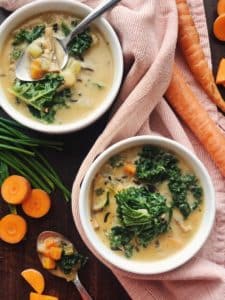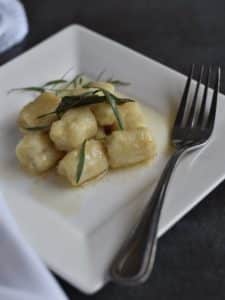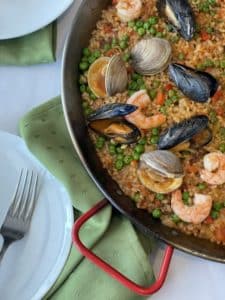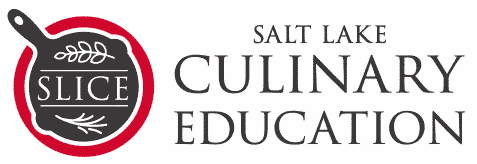
7 Ways to Use Wet Heat to Make a Splash

Of course, when you’re cooking with hot liquid, making a splash isn’t really on the agenda. But if you’re looking to dive right into new cooking techniques, we know that these seven methods for food prep using wet heat are sure to wow anyone.
Poaching
Poaching involves submerging food in a small amount of liquid at temperatures ranging from 140°F to 180°F. The low heat cooks delicate foods evenly while adding moisture for a wonderful consistency. Poaching can be done in water, stock, broth, milk, wine, or even juice. The best way to choose what poaching liquid you’d like to use is to decide on the flavor you want. We recommend this technique for eggs, fish, fruit, and poultry.
Simmering
Simmering also describes cooking liquid at a low heat on the stove. By low, we mean between 180°F and 205°F, which, just shy of boiling. Simmering, which is ideal for sauces, soups and stocks, rice, grains, and tough cuts of meat, is a gentle cooking method. Bring liquid to a boil and then decrease the temperature. You’ll see tiny bubbles produced during the process.
Steaming
As the name suggests, steaming cooks foods with steam rather than the liquid itself. Steamed foods, often vegetables, sit above boiling water, and the food softens. This wet heat cooking method allows food to retain nutrients and moisture while it becomes tenderized. You can use a steamer or a grated steaming plate in a regular pot. Steaming is a good option for shellfish, fish, vegetables, tamales, and some desserts.
Boiling
Boiling is a cooking method that uses wet heat. It involves submerging food in boiling water. As a note, a rolling boil (starting at 212°F) produces rapidly rolling bubbles, but a “slow boil” occurs just before the boiling point and is characterized by large and slow bubbles. When the water is at a rolling boil, the bubbles and “rolling” movement of the water keep the food in motion so that it cooks evenly. You can boil pasta, eggs, potatoes, and other firm root vegetables, but be aware that while boiling adds a lot of moisture to the food being cooked, it also strips away nutrients.
Blanching
Blanching is very similar to boiling. During this wet heat method, food is boiled but removed from the water before it is fully cooked. It is immediately plunged into an ice bath to halt the cooking process. Blanching can be used to par-cook many kinds of vegetables, including potatoes, asparagus, and green beans, especially if they are about to be frozen. Boiled eggs can also be blanched to make the peel easy to remove.
Combination Cooking
Braising
In the process of braising, food is first seared or sautéed before being simmered for a long time in liquid. The liquid can be broth, wine, vinegar, or even soy sauce. The wet heat cooking technique is commonly used for tougher, larger cuts of protein like pot roasts and stews.
Stewing
Very similar to braising, stewing usually refers to cooking such foods with meats and vegetables that are cut into small pieces, and submerged completely. Stewing is better for dishes for which the gravy or sauce is a primary part because the liquid and rest of the food is served together. You can stew just about anything. Try beans, vegetables, or seafood.
Still looking for guidance on which wet heat cooking methods are best for your dinner? At Salt Lake Culinary Education, we offer cooking classes on individual and group levels. We have dedicated cooking courses, and we host private cooking classes for groups looking to learn and make something tasty together. Wherever you are in your journey to chef-dom, let our culinary experts help!
Recent Posts
Categories
Subscribe to Our Mailing List
"*" indicates required fields


